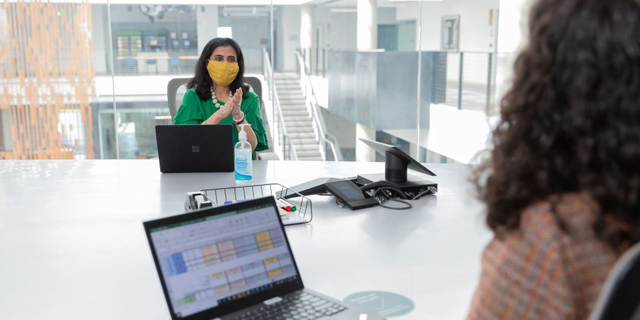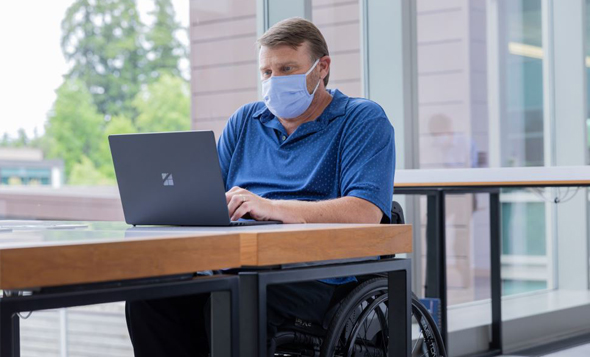
Interview
Taking breaks can actually increase productivity, Microsoft study finds
“For nearly all the companies in the survey, productivity went up once they incorporated a hybrid work model,” says Microsoft-Israel VP of Marketing, David Gal
Productivity is up, but employees are exhausted
“For nearly all the companies in the survey, productivity went up once they incorporated a hybrid work model. People are spending 2.5 times more in meetings, on group work chats outside of typical working hours, and while productivity is up, employees are more exhausted. The survey showed that technology has changed, there are more tools out there to enable remote work, but they aren’t necessarily Teams or video-conference tools,” he said, noting that some companies use tools which rely on artificial intelligence. “They analyze employee activity every day and recommend when an employee should take a break, and when they are the most efficient to help them better balance their workloads.”
The second part of the research study involved monitoring employees' brain activity, which found that taking more breaks, spreading out meetings, cutting down on their number, and holding shorter ones led people to be more productive. “Managers need to realize that hybrid models change the way people interact in a meeting. You’re going to have some in a conference room and some working from home. That’s why you need to leverage a moderator to represent those who are not physically in the office. Those small details can make all the difference, and can leave employees feeling less exhausted.” Nearly 40% of those who participated in the survey noted that they are considering switching employers, which is unusual during these uncertain times. Of that number, 54% are Gen Z, (18-25), who are grappling with the fact that they do not have enough networking opportunities in their present organizations to help establish their positions, are spending more time in meetings, and are overall exhausted. “We need to think of how within the next 20 years that generation will become the world’s CEOs, and how we can better retain their talent.” Part of that, Gal notes, depends on organizations who must strive to build a corporate culture that nurtures employees and talent by allowing more diverse approaches to managing a team, something that can be achieved by reducing workloads or ensuring that employees aren’t overly stressed with too many tasks. Organizations must also strive to encourage innovation, he noted. While interactions among cohesive teams are increasing, those with external teams are decreasing. “People aren’t having those hallways discussions anymore,” Gal said. “That’s why each decision-maker needs to take this lesson and adapt it to their organization, it isn't any one size fits all.” What can we extrapolate from this research to our everyday working lives? “At Microsoft, we suggest creating a company culture, looking at employees’ ages and their different needs, and trying to empower each age group. Office space is no longer just a physical office, it could be your bedroom, a park bench, nearly anywhere. We need to find a way to encourage better hybrid models by using the technology that we have at our fingertips, such as working on a shared document, or interacting digitally with a group on a project so that everyone is included.” In addition, Gal noted that discussion is important, even if you aren’t in the office. “Be genuine, if you say something, mean it. People are constantly looking for authenticity in their managers, workplace, and peers, and we should be encouraging that.” “Before Covid-19, I had a lot of meetings but was able to take small breaks in between, grab a coffee, or chat with a colleague about something other than work. Once we began working remotely, I found myself constantly jumping between many different topics. Our brains need time to relax and retune, they need time off. The scientific research part of the study showed us that our workdays are pretty diverse, you don't do one thing all day long, you do several. That’s why we need breaks, and to cut down on workloads so that we’re more productive. If you’re overworked, don’t feel like you need to attend every meeting. We want our employees and other companies to encourage people to better manage their workload.”
